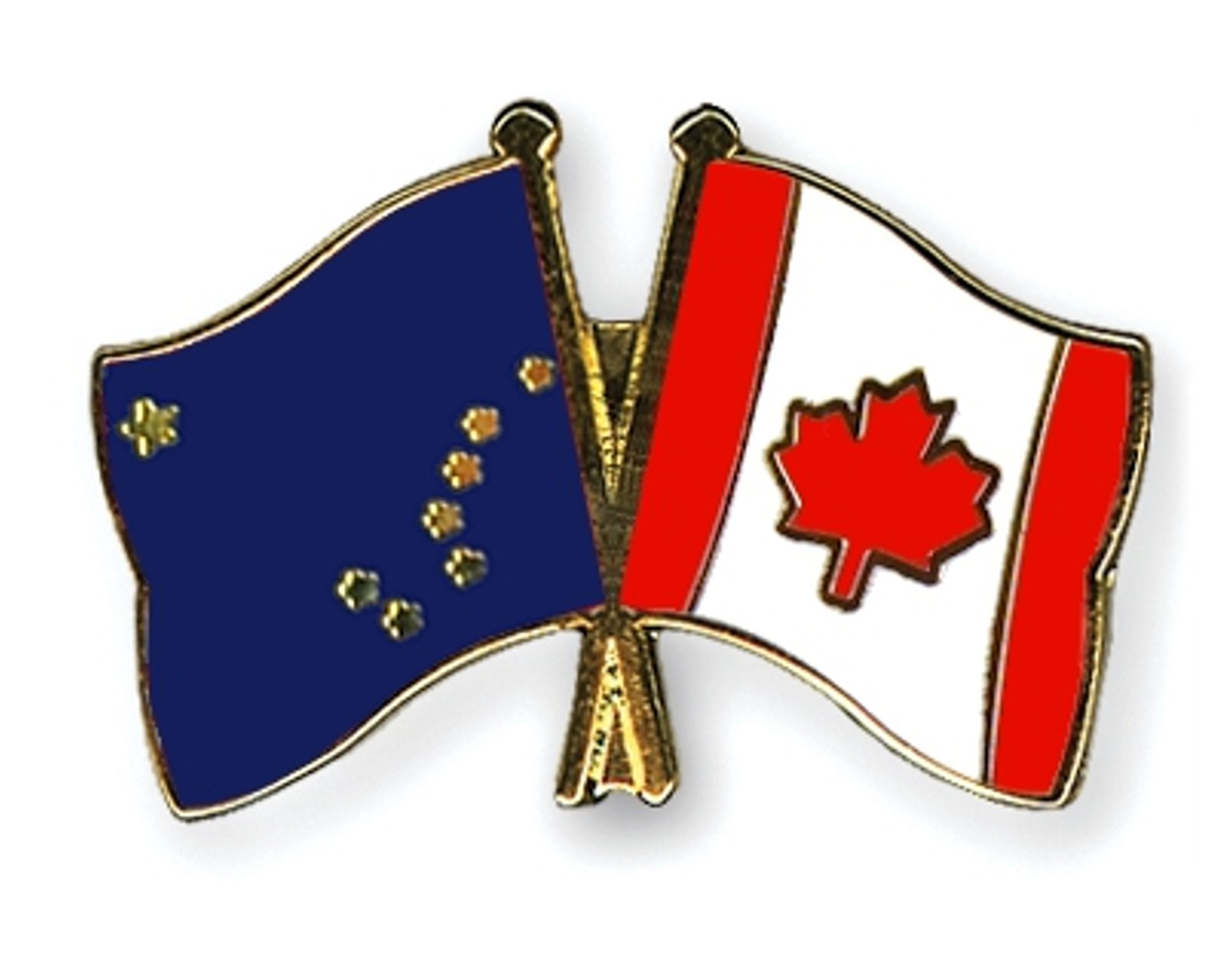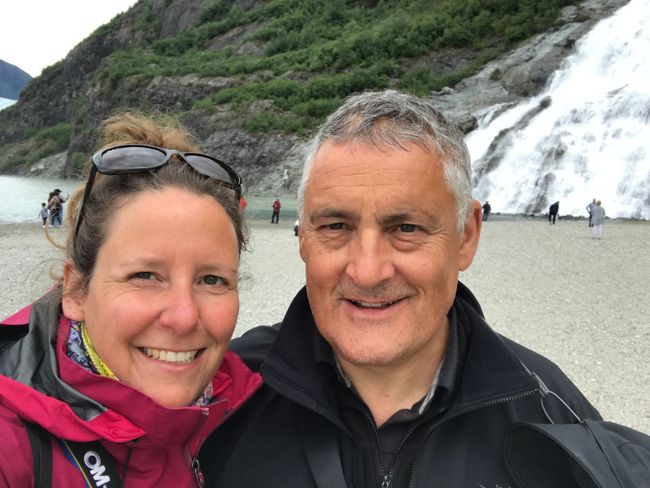Vancouver B.C. (26.10. - 2.11.18)
Pubblicato: 31.10.2018
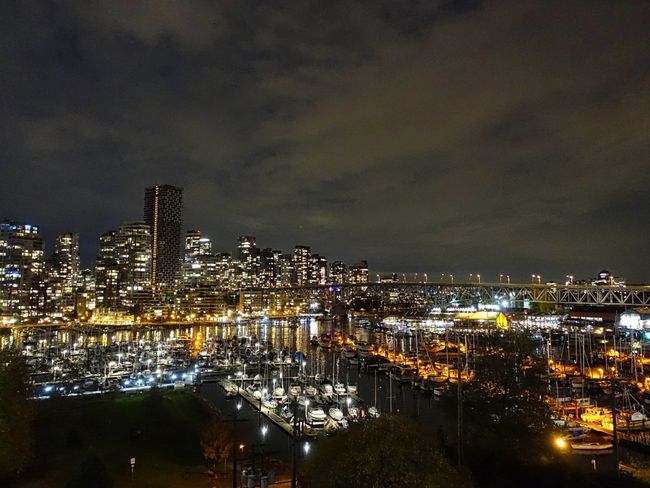
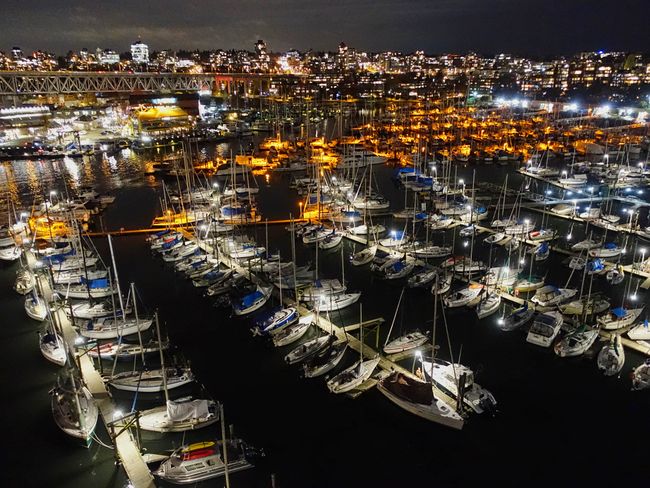
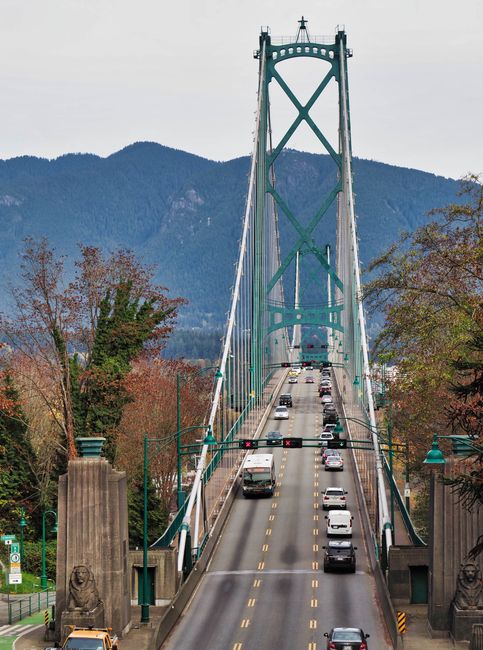
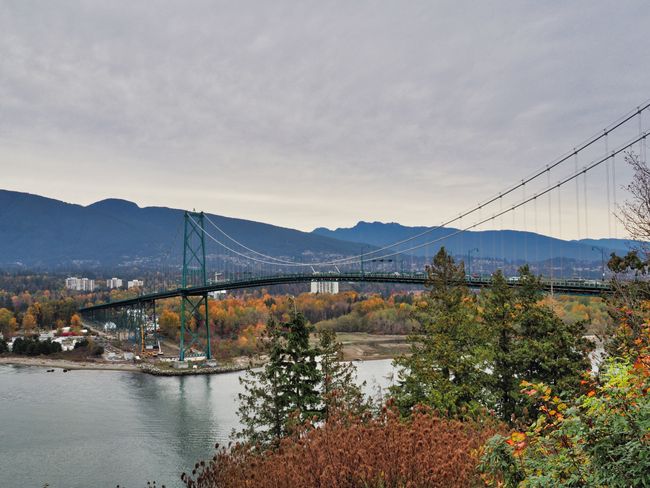
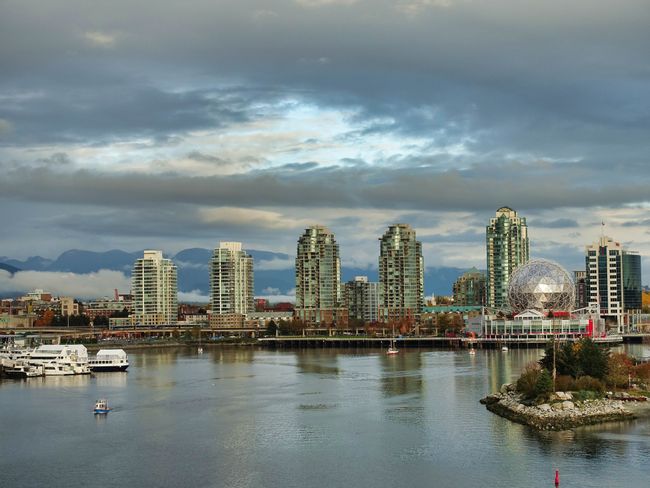
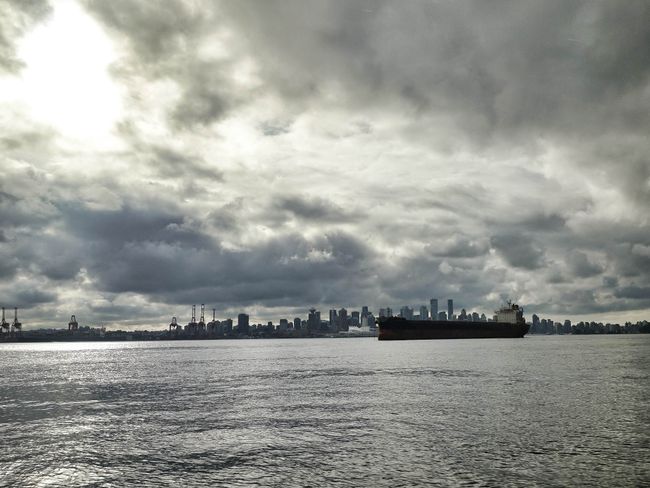
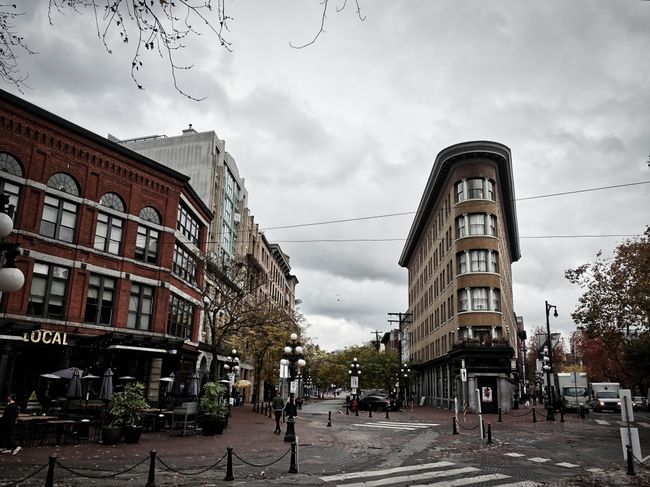
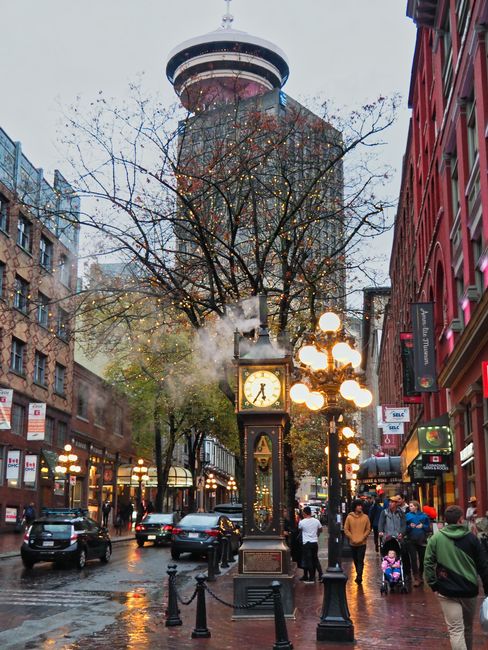
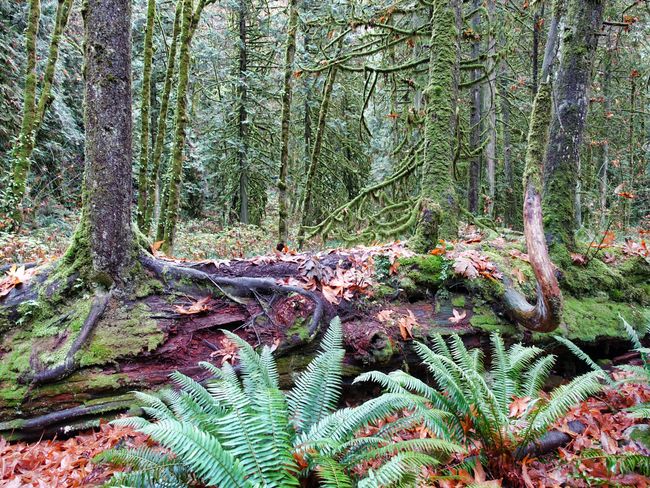
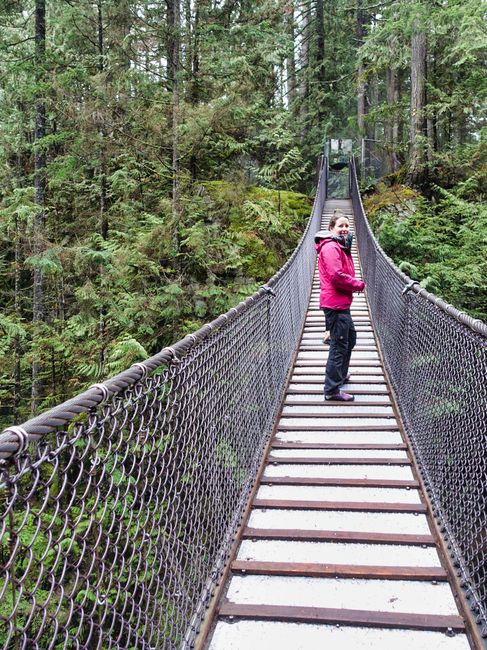
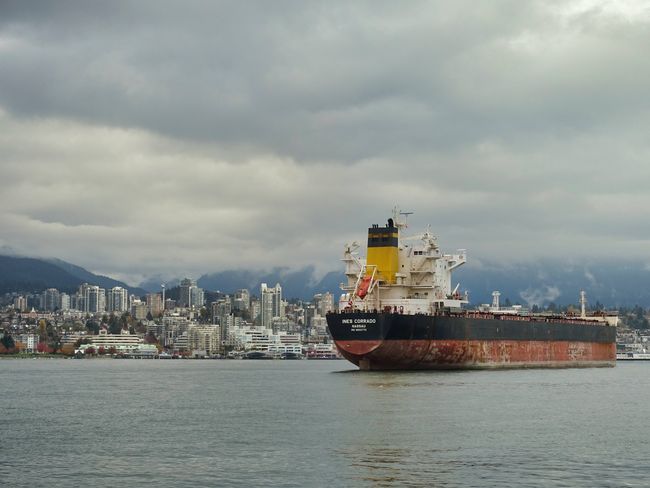
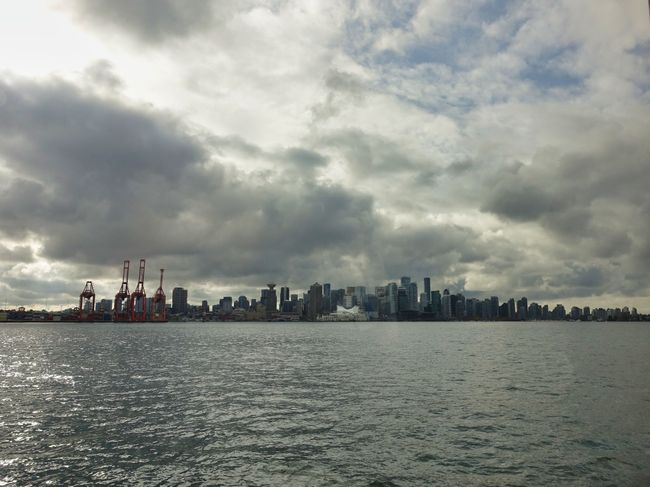
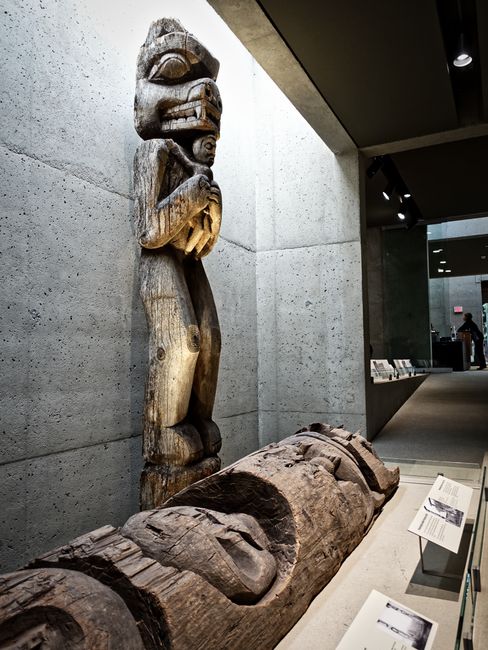
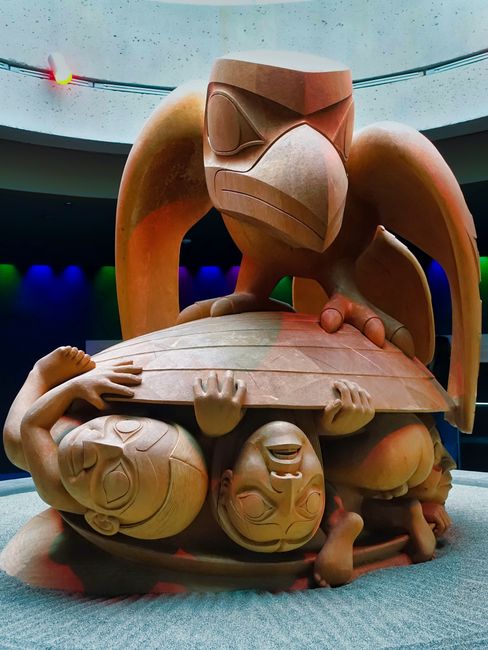
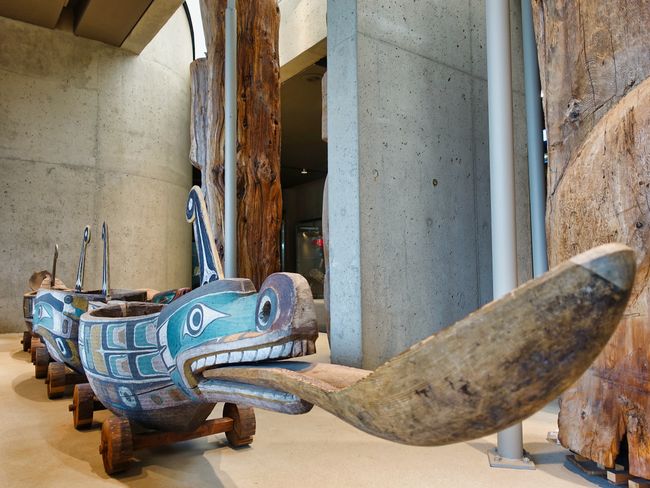
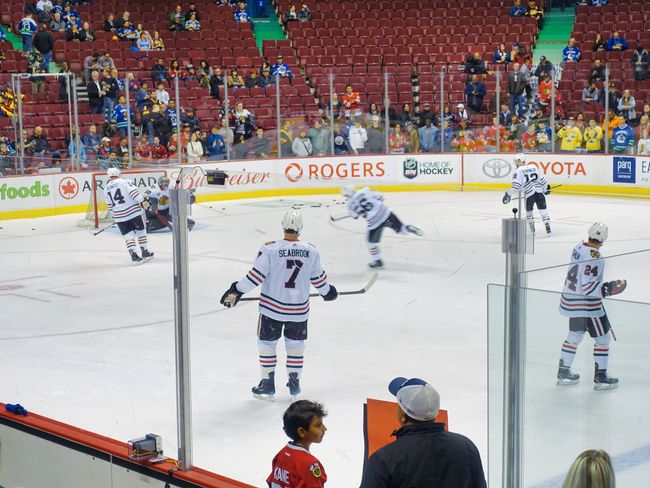
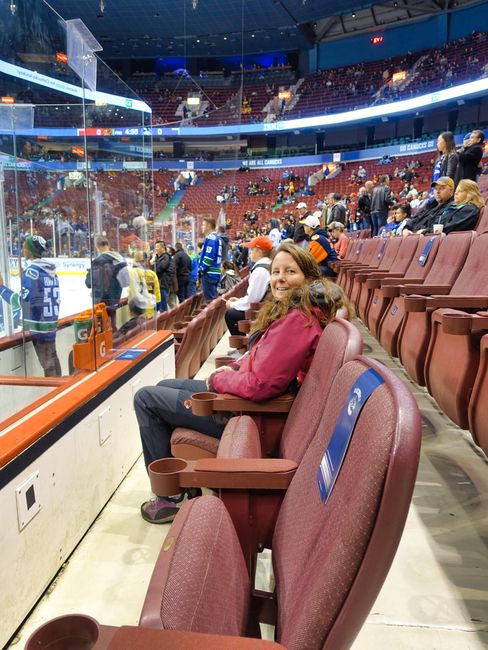
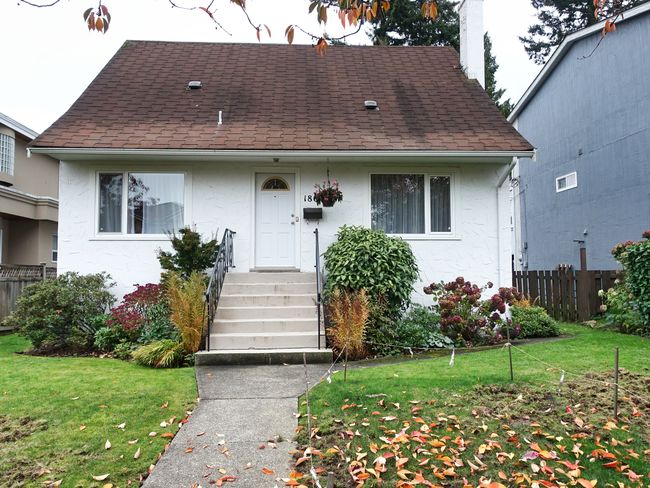
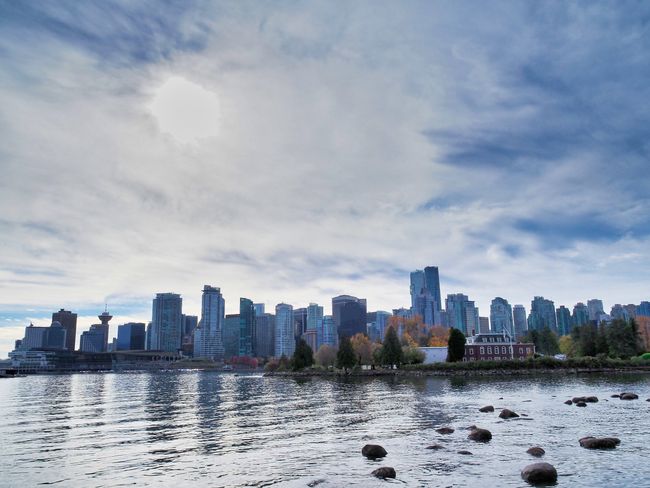
Iscriviti alla Newsletter
After the long journey, we disembark from the bus in Vancouver, feeling slightly weary and an hour earlier than planned.
Dry weather was forecasted for Saturday, so outdoor activities were prioritized. Stanley Park, a classic destination, is always worth a visit. The city view from the Vancouver Seawall is amazing, and the Brockton Point Lighthouse and the small Totem Park are popular photo subjects. The Lions Gate Bridge was built in 1938 by the Guinness family (breweries) to gain access to their West Vancouver properties. In 1955, ownership was transferred to the province of B.C. (the bridge toll was finally abolished in 1963 ;-)).
We encountered heavy rain on our first attempt to walk across the suspension bridge in Lynn Valley. After a cappuccino, we decided to retreat as the weather did not seem to be improving. On our second try, it was finally dry. It's incredible how close the rainforest is to the city. The return journey offers beautiful views of Vancouver's skyline from Lonsdale Market and the Sea Bus, which connects the two shores of the harbor. From the Waterfront, it's just a stone's throw away to 'Gastown,' the historic part of the city. Cobblestone streets, shops, bars, and restaurants define this beautiful neighborhood. The 'steam-powered' clock produces steam for the show, although it actually operates on electricity. It's still a sight to behold, with selfie queens and 'tough guys' in white Nikes striking poses in front of it. So the name 'Steam-Clock' is still fitting.
In addition to the weather antics, we also encountered some hiccups in our planning. The visit to the Museum of Anthropology (MOA) ended at the museum reception. Since mid-October, the MOA has been closed on Mondays. However, we had more success on our second visit. An enthusiastic lady competently and vividly introduced us to the exhibits. The museum is not only focused on the preservation of artifacts and the preservation of traditions but also on the ongoing development of First Nation culture in the North Pacific region.
The Haida, who mainly live north of Vancouver Island, strongly influence the current exhibition. It's fascinating to see how they utilize the 'Western Red Cedar' (giant Thuja from the cypress family), also known as the Giant Arborvitae, in their lives. Houses, canoes, wooden boxes (which are folded and sewn on one side), totem poles, headdresses, and various tools, spears, and instruments are just a few examples.
Bill Reid's modern interpretation of the Haida creation story is an example of how this ancient culture, after a long history of aggressive displacement by settlers and their descendants, has not only recovered but also evolved.
On Wednesday, we attended the NHL game between the Vancouver Canucks and the Chicago Blackhawks. The perspective behind the 'penalty box' (sin bin) was cool, although it was more difficult to see the tactical finesse, the speed and force were impressive. Of course, it was fantastic that the Canucks won 4:2.
Isabel and Heinz, our hosts in Vancouver, made our stay a very special experience. Through many interesting conversations with Isabel, Heinz, and Regula, who is also a guest, we gained a sense of the daily life of the city's residents.
Despite the typical heavy rain for this time of year, we really enjoyed this city with its abundance of water and close proximity to nature. We had to skip some activities due to the weather, but postponed is not necessarily canceled.
The next challenge is to fit all our belongings into two bags and two carry-on luggage pieces and hopefully fly to Winnipeg without any problems.
We would be delighted if you visit us again next week. Ciao for now.
The Haida Creation Myth:
https://www.tiamat.at/Rabenvogel/?p=357
The MOA:
Iscriviti alla Newsletter
Risposta

Rapporti di viaggio Canada
